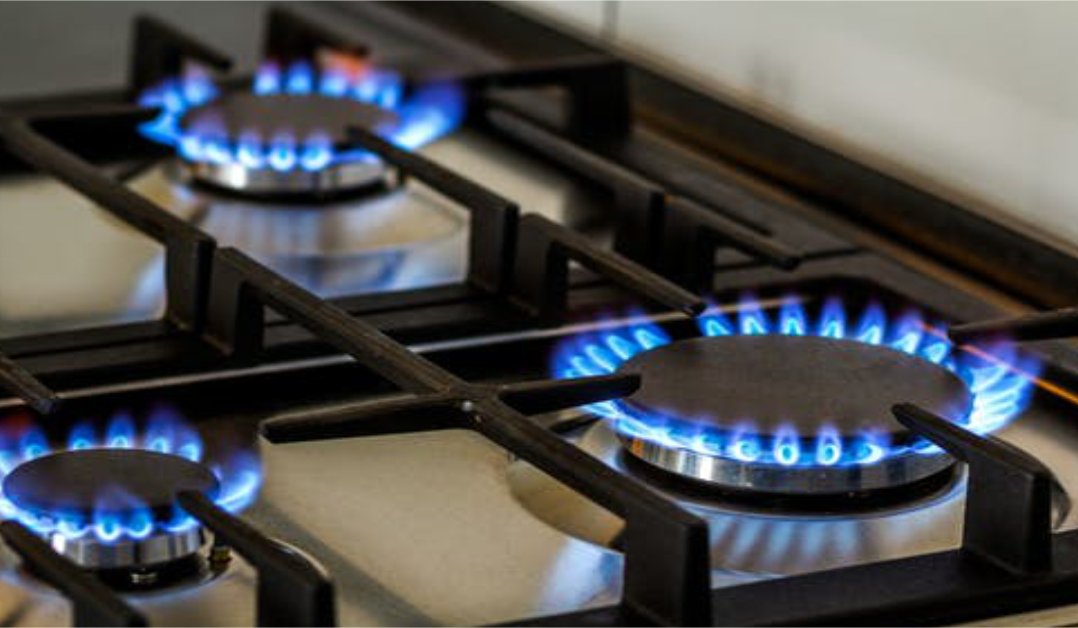Cooking gas prices are on the rise. Families and businesses are feeling the pinch as they navigate the increasing cost of this essential commodity. With budgets tightening, finding ways to manage and save on cooking gas expenses has become a priority for many. In this article, we will explore practical tips and strategies to help you cope with the escalating cooking gas prices. Stay tuned for valuable insights and actionable advice on how to handle the challenges posed by the soaring cooking gas prices. Let’s dive in!
The Ins and Outs of Cooking Gas Price: What You Need to Know
Welcome to our comprehensive guide on everything you need to know about cooking gas price. If you’ve ever wondered why the cost of cooking gas fluctuates or how it impacts your budget, you’re in the right place. In this article, we will delve deep into the world of cooking gas pricing, exploring the factors that influence it, tips to save money, and much more. Let’s get started!
Understanding the Basics of Cooking Gas Price
Before we dive into the nitty-gritty details, let’s first understand what cooking gas price actually means. Cooking gas, also known as Liquefied Petroleum Gas (LPG), is an essential resource used in households around the world for cooking. The price of cooking gas refers to the cost of purchasing a cylinder or refill of LPG for your home.
Factors that Influence Cooking Gas Price
Several factors can influence the price of cooking gas, making it fluctuate over time. One of the primary factors is the cost of crude oil, as LPG is derived from petroleum. Any changes in global oil prices can directly impact the cost of cooking gas. Additionally, transportation costs, taxes, and supply and demand dynamics can also play a significant role in determining the final price you pay for a cylinder of cooking gas.
Why Does Cooking Gas Price Fluctuate?
Have you ever noticed the price of cooking gas going up and down unexpectedly? Understanding why cooking gas prices fluctuate can help you better manage your household budget. One of the main reasons for these fluctuations is the global oil market. Since LPG is a byproduct of crude oil refining, any changes in oil prices can have a direct impact on the cost of cooking gas.
Seasonal Factors
In addition to global oil prices, seasonal factors can also influence cooking gas prices. During peak winter months, demand for LPG tends to increase as households use more gas for heating purposes. This rise in demand can put pressure on prices, causing them to go up. On the other hand, during the warmer months, when heating needs are lower, you may see a decrease in cooking gas prices.
Ways to Save Money on Cooking Gas
While the price of cooking gas may fluctuate, there are some steps you can take to save money and make the most of your LPG cylinder. By following these tips, you can reduce your gas consumption and cut down on your overall expenses.
1. Use Energy-Efficient Appliances
Investing in energy-efficient cooking appliances can help you reduce your gas consumption and lower your monthly bills. Look for appliances with high energy efficiency ratings to make the most out of each cylinder of cooking gas.
2. Cook with Lid On
Simple habits like cooking with the lid on can go a long way in conserving gas. By trapping the heat inside the pot or pan, you can cook your food more efficiently and reduce the amount of gas needed to complete the cooking process.
3. Opt for Small Burners
When cooking on a gas stove, try to use small burners whenever possible. Small burners consume less gas compared to larger ones, helping you save money in the long run.
The Future of Cooking Gas Price
As we look ahead, it’s essential to consider the future of cooking gas pricing. With an increasing focus on sustainable energy sources and environmental concerns, the cooking gas industry is also evolving. Governments and companies are exploring renewable energy options and cleaner cooking solutions to reduce reliance on traditional LPG.
Adapting to Green Alternatives
One of the ways the cooking gas industry is changing is by promoting green alternatives such as biogas and electric cooktops. By transitioning to these cleaner energy sources, households can not only reduce their carbon footprint but also potentially save on their cooking expenses in the long term.
Government Initiatives
Many governments are introducing initiatives to promote the use of clean energy for cooking. Subsidies, tax incentives, and awareness campaigns are being rolled out to encourage households to switch to eco-friendly cooking solutions, shaping the future of cooking gas pricing.
Understanding cooking gas price is crucial for managing your household expenses and making informed decisions about your energy consumption. By keeping an eye on the factors that influence gas prices, adopting energy-efficient practices, and staying informed about industry trends, you can navigate the world of cooking gas pricing with confidence. We hope this guide has provided you with valuable insights into the world of cooking gas price and how you can make the most of your LPG usage. Happy cooking!
Domestic Cooking Gas Cylinder To Cost Over Rs 1,000 After Latest Hike
Frequently Asked Questions
What factors influence cooking gas prices?
Several factors can influence the price of cooking gas, including the cost of crude oil, transportation expenses, supply and demand dynamics, government regulations, and local taxes.
How often do cooking gas prices change?
Cooking gas prices can fluctuate regularly based on market conditions, global oil prices, seasonal demand variations, and geopolitical events. It is common for prices to be adjusted periodically to reflect these changes.
Why do cooking gas prices vary from one location to another?
Cooking gas prices may differ between locations due to transportation costs, distribution infrastructure, local taxes, regulatory requirements, and regional supply and demand imbalances.
Final Thoughts
In conclusion, the rising cooking gas prices are putting a strain on household budgets worldwide. Families are facing increased financial pressure as they struggle to afford this essential necessity. It is crucial for governments and regulatory bodies to closely monitor and address the escalating cooking gas prices. Additionally, exploring alternative energy sources could help alleviate the burden on consumers. Overall, immediate action is needed to mitigate the impact of soaring cooking gas prices on individuals and families.



